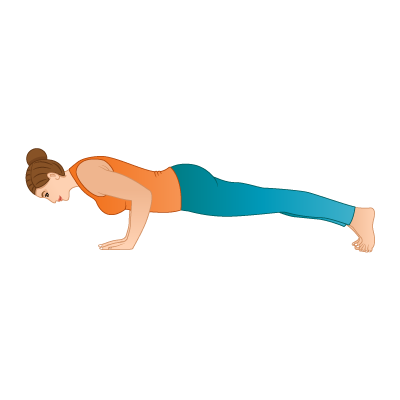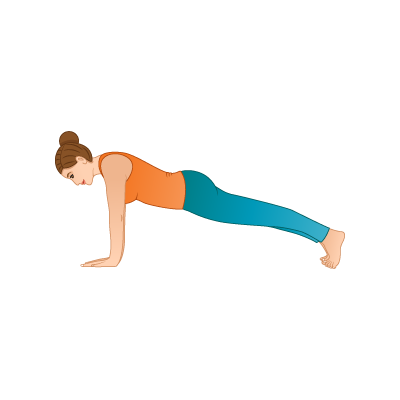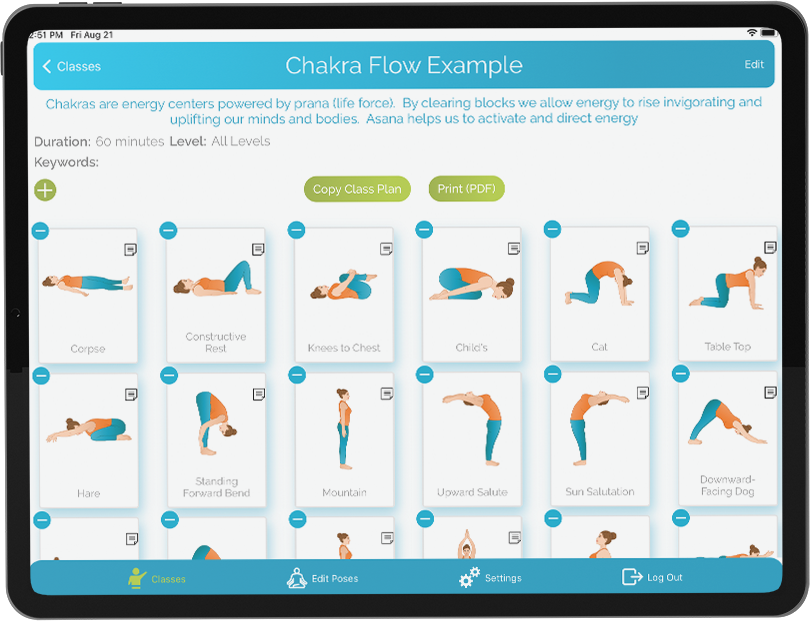How to Incorporate Ahimsa Into Yoga Practice and Class Teaching
March 6, 2023 | 8 min read
Origin and definition of Ahimsa
Ahimsa is a Sanskrit term for non-violence, an ethical principle of not causing harm to living beings. Ahimsa is an ancient concept that originates in the Vedas and has become a key virtue of Jainism, Buddhism, Hinduism, and Sikhism. The concept encourages a peaceful and harmonious existence with all beings and is considered a foundational principle in yoga practice.
The term “ahimsa” and its importance grew from being indirectly mentioned in the oldest scriptures, to being of the highest virtue by the late Vedic era (4500-2500 BCE). Sage Patanjali studied those Vedic texts and wrote Patanjali’s Yoga Sutras, one of the most important texts in yoga history.
Yoga Sutras marked the start of the classical period in yoga (100 BCE – 500 CE). In his work, Patanjali wrote 196 sentences (aphorisms) that revealed the first complete system of the yoga philosophy. The system also gives us guidelines on how to put yoga philosophy into practice and is a foundation of Ashtanga yoga, an eight-limbed path of yoga.
Yamas and Niyamas in Patanjali’s Yoga Sutras
Yamas and Niyamas are the ethical guidelines in yoga philosophy. They are considered the first two limbs in the eight-limbed path of yoga, described in Patanjali’s Yoga Sutras.
Ahimsa (non-violence) is the first of the five Yamas, followed by Satya (truthfulness), Asteya (non-stealing), Brahmacharya (chastity or self-control), and Aparigraha (non-possessiveness).
Niyamas are five personal observances for the yoga practitioner to cultivate in their inner self. Niyamas consist of Saucha (cleanliness), Santosha (contentment), Tapas (discipline or effort), Svadhyaya (self-study), and Ishvara Pranidhana (surrender to a higher power).
Ahimsa is the practice of non-violence and encompasses the idea of treating all living beings, including oneself, with kindness, compassion, and respect. This extends to one’s thoughts, words, and actions.
In this blog post, we will further explore the incorporation of Ahimsa into our yoga practice and class teaching. Our goal is to remind you to treat your yoga practice with kindness, compassion, and respect, and to avoid being violent to your own body and mind during practice (but not only then). As a yoga teacher, you should be aware of this principle, and encourage such practice with your students.
Ahimsa in your yoga practice and class teaching
When we think about how to apply ahimsa or non-violence in our yoga practice and class teaching, we might want to start with not pushing ourselves over the edge in a physical but also mental sense. This is the reason ahimsa is an integral part of a wider path, on which we grow in many different areas. The “edge” here is a point beyond which we find harm or pain.
We need to challenge ourselves to achieve growth, but it is of utmost importance to listen to our bodies and respect boundaries. In practice, this will depend on a day or a phase of your life. Sometimes it will be easy to let yourself fall into a posture or asana for a few more millimeters or even centimeters. At other times, we might feel that our practice has regressed. This is all part of learning and growth, and at that time remembering ahimsa, the non-violence principle, is a rewarding and loving experience.
The non-violence concept in yoga pertains to our thoughts, words, and actions. Try not to reprimand yourself with harmful thoughts, both on the mat and during your daily life. Let go of the expectations and be gentle to yourself. Sometimes it is easy to do this with others, all while forgetting about yourself. Sometimes this happens unconsciously, but regular yoga practice will guide you to become more aware of these thoughts and self-talk.
If you are a yoga teacher, remind your students that ahimsa means non-violence to others, but to themselves too. Your students should strive to be non-violent in their thoughts and actions during their practice on the mat.
Ahimsa-related teaching and yoga postures for your next yoga class
How to teach ahimsa? I do not consider myself an expert in this field, but after more than seven years of practice, I’ve learned that just coming to practice yoga is a great first step toward ahimsa. By practicing yoga you are doing something good for yourself, and for others in your life as well.
The second step might be a brief introduction to Patanjali’s eight-limbed path of yoga described in Yoga Sutras. Remind your students that physical practice (yoga postures or asanas) is only one of eight steps – with Ahimsa or non-violence being the first step of the first limb mentioned in Patanjali’s work. Remind them to be gentle to themselves, in their thoughts, and in their practice – and not to push their body beyond its capabilities.
In the third step, during practice, you might want to incorporate chest-opening or hearth-opening poses into the class flow. Below we have listed 11 yoga poses that fall into this category. Please note that there are additional poses with a similar effect that you can consider for your class.
Some of those poses will be easier and others harder to do, so it is important to introduce students to them gradually, and to always provide options and instructions on how to do adjusted or adapted versions during the class. Again, remind your students that it is completely fine if they aren’t able to enter the full pose. Instruct them how to adjust the pose to their body and show them the adapted yoga pose version they could do instead.
Here are 11 chest-opening or hearth-opening yoga poses you can incorporate into your next Ahimsa-focused yoga class. You can click on each of them to learn more about the pose in our Yoga Pose Directory. Also, remember to do forward bends after some of those poses – Paschimottanasana’s benefits and importance are well-known since the Hatha Yoga Pradipika sages and is one of the fifteen asanas mentioned and described in Lesson I of Hathapradipika.
1. Salamba Bhujangasana (Sphinx Pose)

2. Bhujangasana (Cobra Pose)

3. Urdhva Mukha Svanasana (Upward Facing Dog Pose)

4. Salabhasana (Locust Pose)

5. Ustrasana (Camel Pose)

6. Dhanurasana (Bow Pose)

7. Setu Bandha Sarvangasana (Bridge Pose)

8. Matsyasana (Fish Pose)

9. Urdhva Dhanurasana (Upward-Facing Bow Pose)

10. Eka Pada Chakrasana (One-Legged Wheel Pose)

11. Camatkarasana (Wild Thing)

Looking for more inspiration for your next yoga class? YogaClassPlan sequence builder gives you access to 7000+ shared class plans in your hands. You can create your own completely new class sequences by choosing from 500+ pose illustrations. Simply drag and drop poses to create your routine, add class plan details such as duration and level, and share the class plan with your students. Sign-up for a 15-day YogaClassPlan free trial today.
About the author:
I’m Matija, a seasoned digital marketing professional working in the industry since 2011. I hold a master’s degree in information technology, blending technical expertise with marketing finesse. I’m also a certified yoga teacher with a passion for mindfulness. I’ve been practicing yoga since 2013 and started teaching in 2022. This unique combination of skills reflects my commitment to holistic growth and helping others achieve their goals. Explore my insights on digital marketing and the transformative power of yoga in my blog posts on YogaClassPlan.
Photo by Carl Newton on Unsplash.
Posted in Teaching Resources, Teaching Tips




